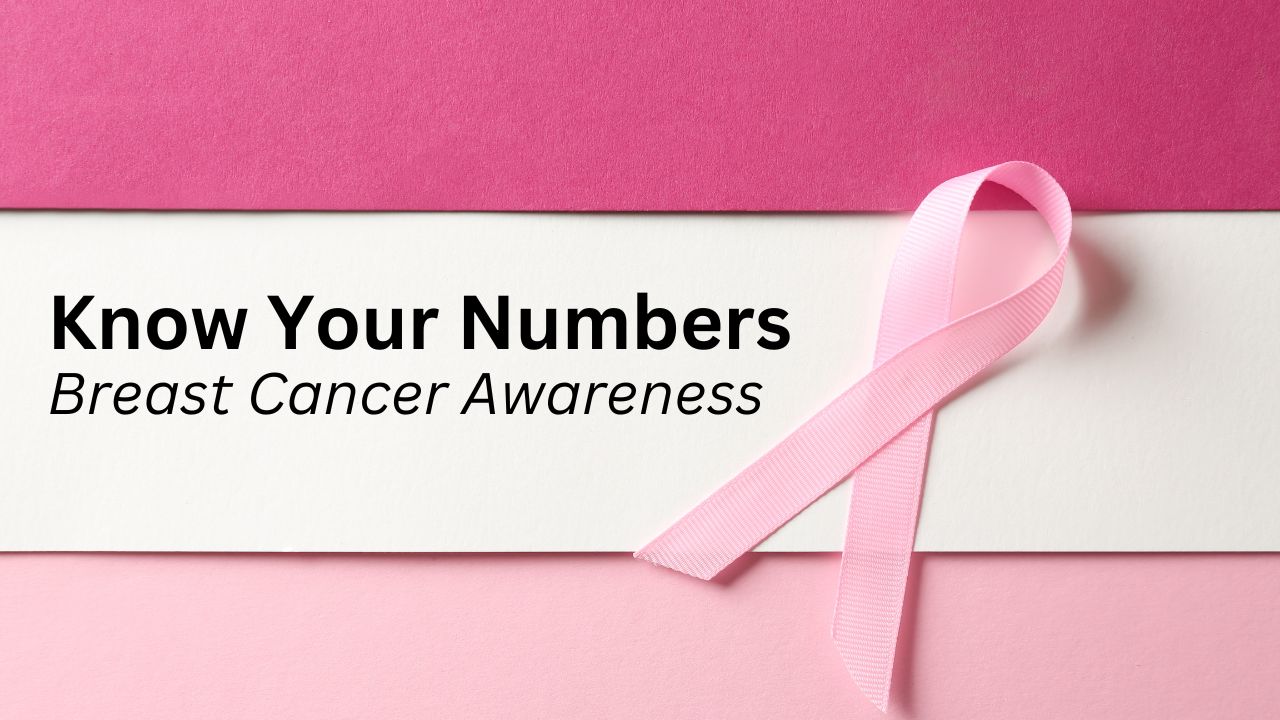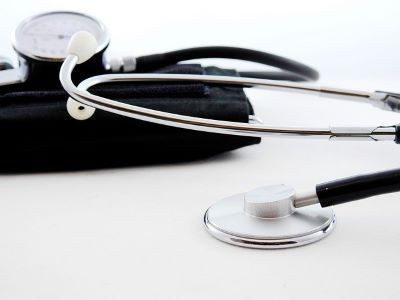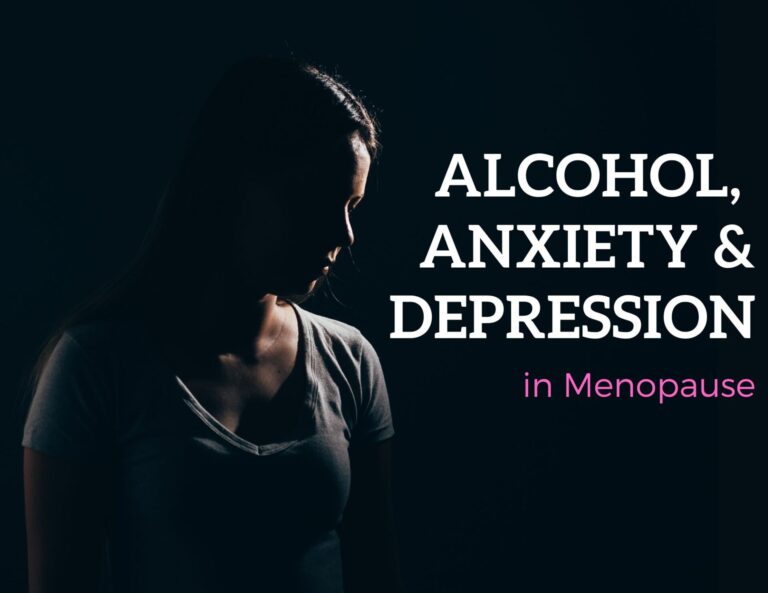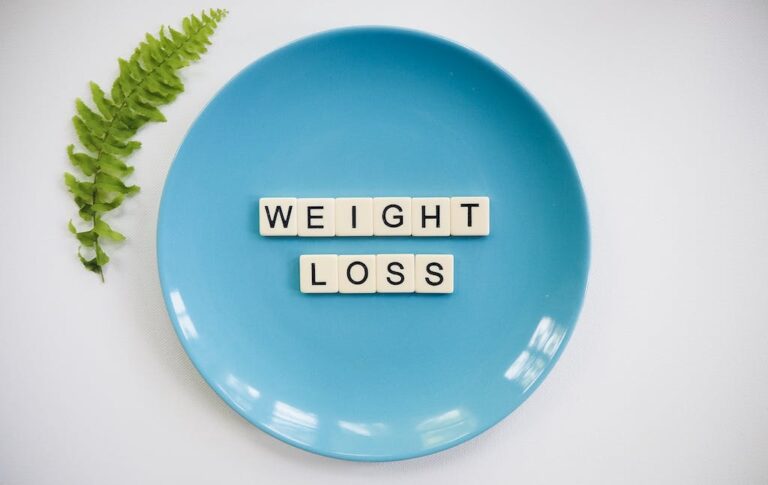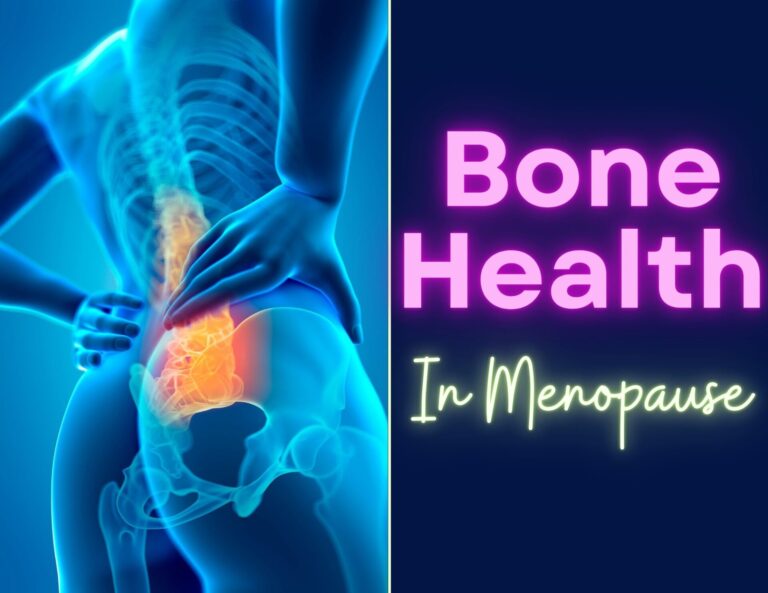This post may contain affiliate links. Read the full disclosure here.
For Breast Cancer Awareness Month: Know Your Health Numbers and Take ACTION!
October is National Breast Cancer Awareness Month!
October is National Breast Cancer Awareness month. And while no cancer is 100% preventable, being aware of your “health numbers” is a good first step to taking control in trying prevent this disease. Knowledge is power, and understanding your health numbers should be your first step towards adopting a healthier lifestyle.
Did you know that approximately 42 percent of cancer cases and 45 percent of cancer deaths in the United States are linked to lifestyle related risk factors including excess weight, poor diet and physical inactivity? Do you know YOUR health numbers?
The best thing we can do to lower our risk of disease is to take care of our health. While it is true that genes influence our risk of cancer, our lifestyle also influences our chances for cancer and other diseases. By monitoring your health numbers and ensuring you are living a healthy lifestyle, you will be doing everything you can.
Your Health Numbers
Preventing cancer and other diseases starts with Knowing Your Health Numbers. If you don’t know your numbers for the five items listed below, immediately make an appointment with your doctor and find out!
1. Blood pressure (BP)
When BP is high, the heart works too hard. Normal BP is considered 120/80 mmHg. The top number is called the Systolic BP and it represents the force in the arteries as the heart beats. The bottom number is the Diastolic BP and it represents the force in the arteries as the heart relaxes. Hypertension (high BP) is considered BP over 140/90 mmHg. Pre-hypertension is anything between normal and high.
2. Resting heart rate (RHR)
RHR is a marker of cardiovascular fitness. In general, the lower the resting heart rate the more efficient the heart’s pumping action. Normal range is considered 60-100 beats per minute, the average is 72. This is a measurement you can easily take yourself. First, completely relax for five minutes. Then take your 15-second pulse (palpate at carotid artery in neck or radial artery in wrist). Multiply the value by 4.
3. Body Fat percentage (%BF)
Total Body Mass (weight) is made up of two components: Fat Mass (essential fats, tryglicerides) and Fat Free Mass (tissues, water, muscle, bone, organs). The ratio of Fat Mass to Total Body Mass is %BF. The target of weight loss programs should be to drive %BF to acceptable levels.
A person’s health, gender, age, race should all be taken into account before selecting an ideal %BF. In general, an acceptable range for women is 13-31%BF where 32%BF or more is considered obese. For men, an acceptable range is 5-24%BF where 25%BF or more is considered obese. Look for my post coming out soon on how to calculate your %BF. Check out my Body Fat Calculator to get this number right now.
4. Cholesterol
Cholesterol is a fat-like substance that is essential for hormone production and nerve insulation. However, balancing the levels of the various types of cholesterol is critical for preventing disease. Low-density lipoprotein (LDL) is commonly referred to as “bad” cholesterol because when too much of it circulates in the blood it can build up in the walls of the arteries that feed the heart and brain. A normal LDL level is <130 mg/dL.
On the other hand, high-density lipoprotein (HDL) is considered “good” because it carries cholesterol out of the arteries to be passed from the body. A HDL level of >40 mg/dL is considered acceptable.
5. Energy Balance (EB = Calories in – Calories out)
In order to prevent obesity and the risks associated with being overweight (hypertension, heart disease, diabetes, cancer), it is important to understand your energy balance. When you consume more calories than you burn you will gain weight.
You consume calories based on the amount of food you eat. The number of calories you burn per day depends on the energy your body expends to survive, the food you digest and your physical activity. You have control over your diet and your physical activity, and therefore you can control your energy balance. There are multiple online programs (myfitnesspal, Livestrong, myplate.gov) which will give you a customized energy balance program based upon your goal to gain, lose or maintain your weight.
Healthy Mindset
While not a health number or something that can be measured, there’s definitely something to be said for having a positive outlook on your life.
Enjoy each day (you won’t get it back).
Embrace the ones you love (they won’t be here forever and neither will you).
Treat yourself kindly and your body with respect (it’s the only place you have to live).
Finally, take care of yourself and appreciate what you bring to the world. There’s only one you, you are unique and beautiful and there will never be another you until the end of time!
Bottom Line
While genes influence our risk of cancer and other diseases, there are factors we can monitor and control. Staying healthy by avoiding tobacco and controlling your weight through diet and exercise may greatly reduce the risk of developing cancer and other diseases such as cardiovascular disease and diabetes. It’s important to develop a baseline for your health by knowing your health numbers. Discuss your numbers with your doctor and face your health risks head on. Knowing where you stand gives you the power to change your life!

